How Bamboo Has Become a Fashion Trend, From the Paris Runways to Miley Cyrus’s Grammy Win
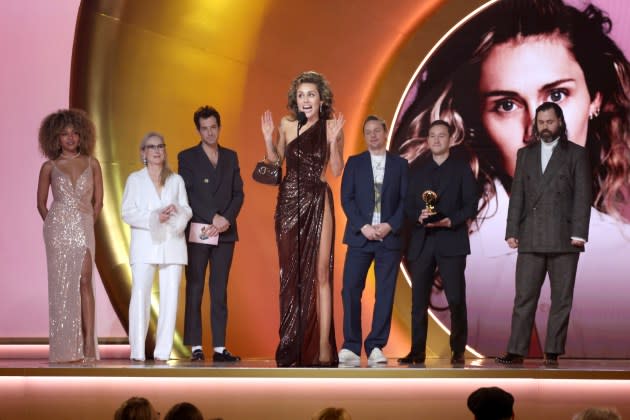
Attention zeroed in on Miley Cyrus’ Gucci bamboo bag as she tried to pull out an acceptance speech during the 66th Grammy Awards earlier this month.
Turns out, she didn’t need it and instead recited her thanks from memory, but the televised moment brought fresh attention to the iconic bag style, first introduced in 1947 featuring a hand-curved bamboo handle, with the bamboo element later woven into a timepiece range and perfume released in 2016 that fragrance experts deemed “pleasant.”
More from WWD
Today, Gucci’s bamboo-handle bag is being marketed as a premium, hero offering under creative director Sabato De Sarno. In the U.S., the bag is available by appointment only with prices ranging from $3,700 for a mini version as seen on Cyrus, to $52,000 for a croc style.
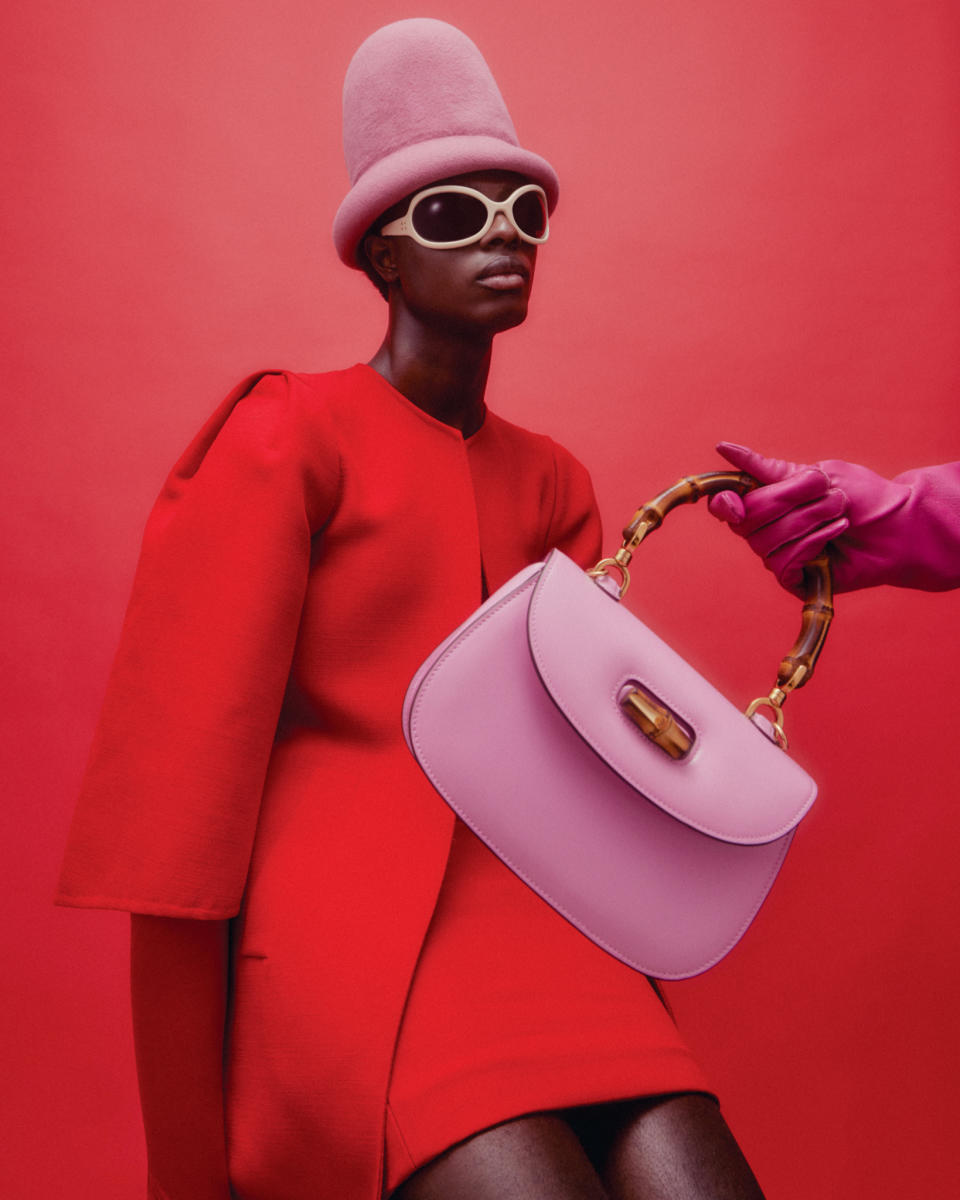
According to the Shanghai-based fashion curator Pooky Lee, fashion items made with bamboo are finding renewed relevance as shoppers increasingly favor niche, handmade products that require intricate craft skills.
“New social and retail channels ensure something as niche as this could also find its target customers, therefore offering artists commercial security for adopting the material. For instance, many bamboo accessories and objects I came across are mostly promoted and sold on Xiaohongshu,” says Lee.
As with many artisanal creations, the value of a fashion item made of bamboo is not determined by the cost of the raw material, but by the craftsmanship and cultural significance.
Bamboo is one of the most affordable materials, especially in China, as it can be made into anything: a broom, a sieve, a chair, etc. At the same time, some of the most precious artwork features or is made with bamboo, which is often considered an emblem of strength and resilience. In 2016, a bamboo painting by the Ming dynasty painter Xia Chang fetched more than $4.2 million in an auction.
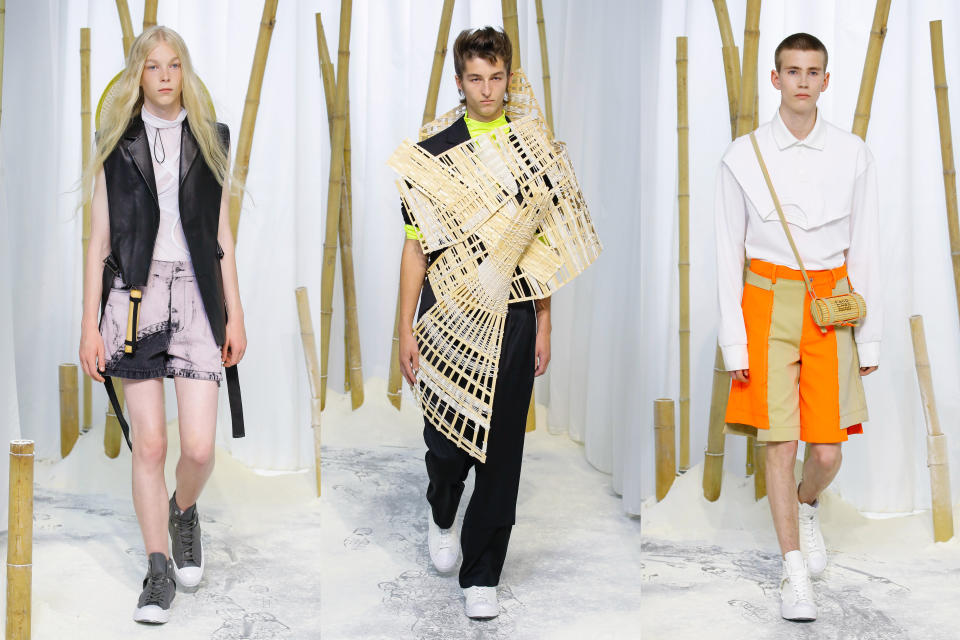
Designer Feng Chen Wang has integrated bamboo into the brand’s universe starting five years ago, when she dedicated a whole collection to the use of bamboo in Chinese traditional culture. Nowadays, the bamboo range is her most recognizable offering, alongside her successful footwear partnership with Converse.
Wang, who grew up in Fujian, said bamboo is everywhere. After she did her “Made in China” spring 2018 collection in New York, she worked to “shine a light on local craftsmanship and bring it back to the realm of luxury,” she says.
“I worked with women in my hometown whose husbands were working in big cities to develop the line of production from scratch. From one bag to producing a full range of products, now we are pushing the boundary of bamboo every season to come up with new shapes and new techniques,” says Wang.
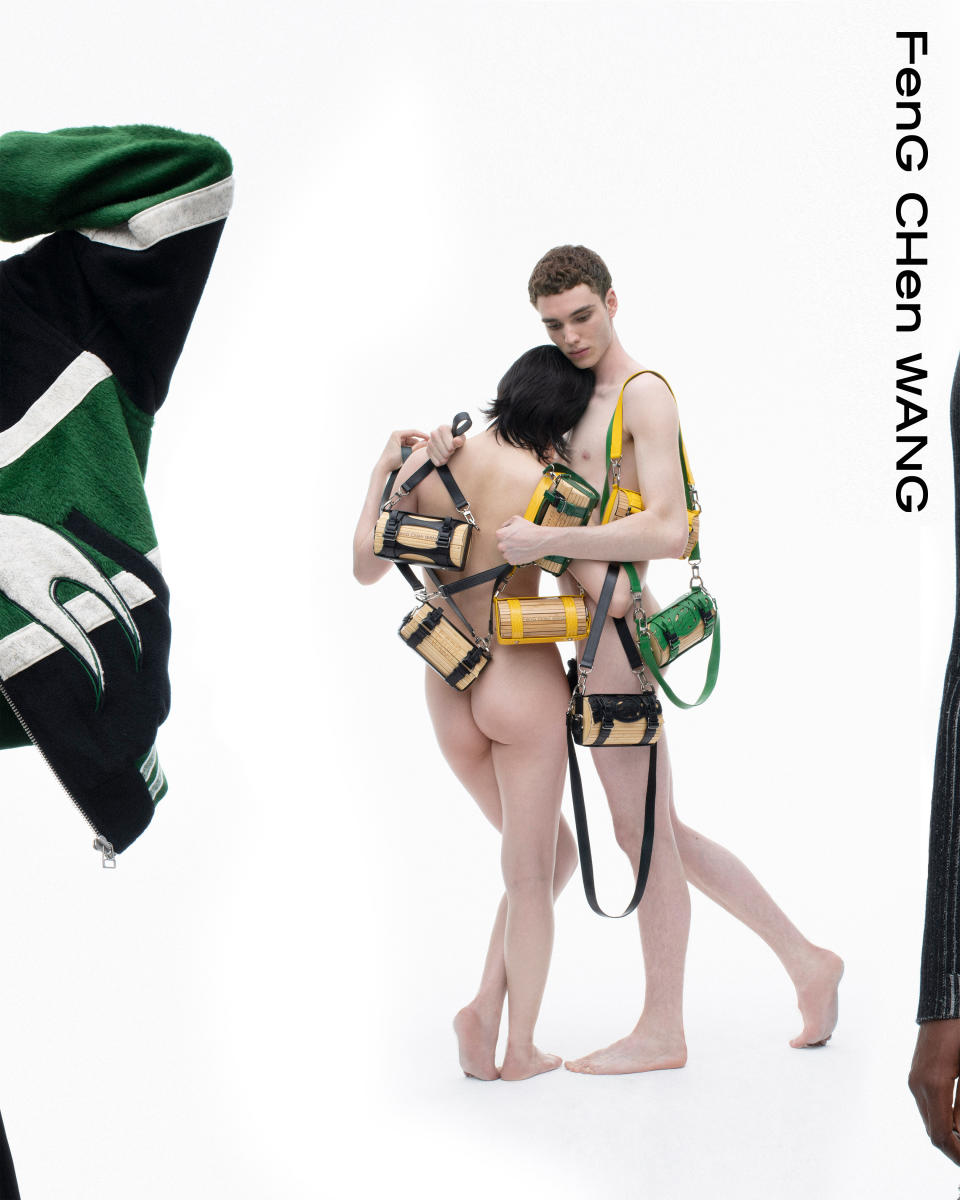
“Bamboo is a very sustainable material as it’s not a tree, it’s a form of tree-like grass. So it grows very fast and can regenerate very quickly. At the same time, there is a spiritual connection between me and what bamboo stands for. It’s a symbol of inclusion, perseverance, and my Asian heritage. I believe that by giving bamboo a new life with my creativity, it is giving my brand a unique voice as well,” adds Wang, who integrated Fujian’s purple clay teapot-making into her fall 2024 collection shown in Paris.
Cementing the brand’s ubiquitous connection with bamboo, Wang last December unveiled a bamboo-themed pop-up in Shenzhen’s popular shopping complex MixC World. A documentary exploring her relationship with bamboo is in the works, as well.
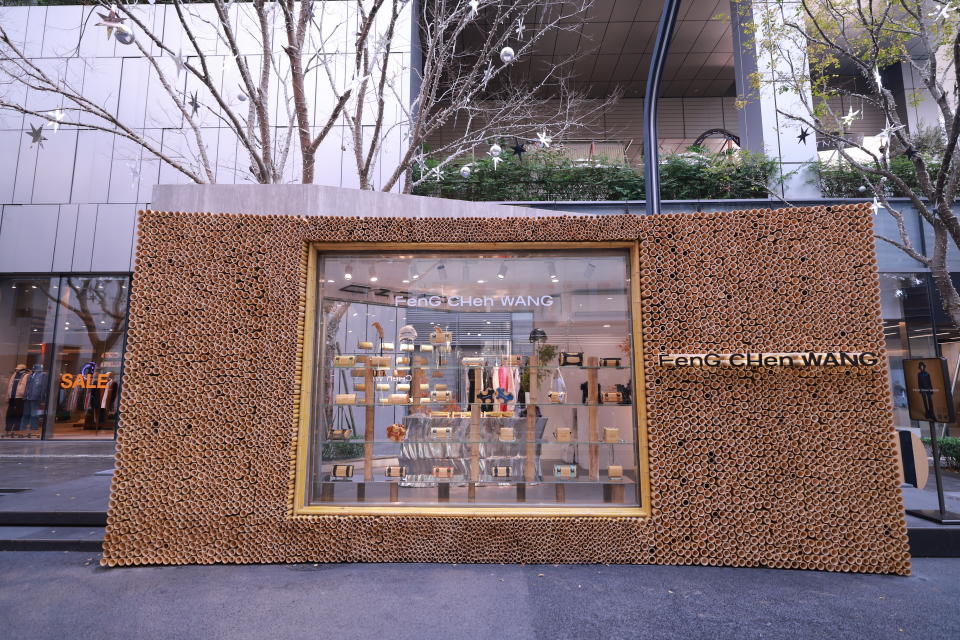
Lee also noted in addition to Gucci and Feng Chen Wang, Loewe has also honored bamboo, releasing short documentary videos for its Chinese New Year campaign in 2021 featuring bamboo-weaving craftsmen in China.
The brand’s commitment to Chinese culture and craftsmanship, as seen in its most recent project involving three Chinese master jade carvers, will be further showcased in the upcoming immersive exhibition “Crafted World” slated to open at the Shanghai Exhibition Center on March 22.
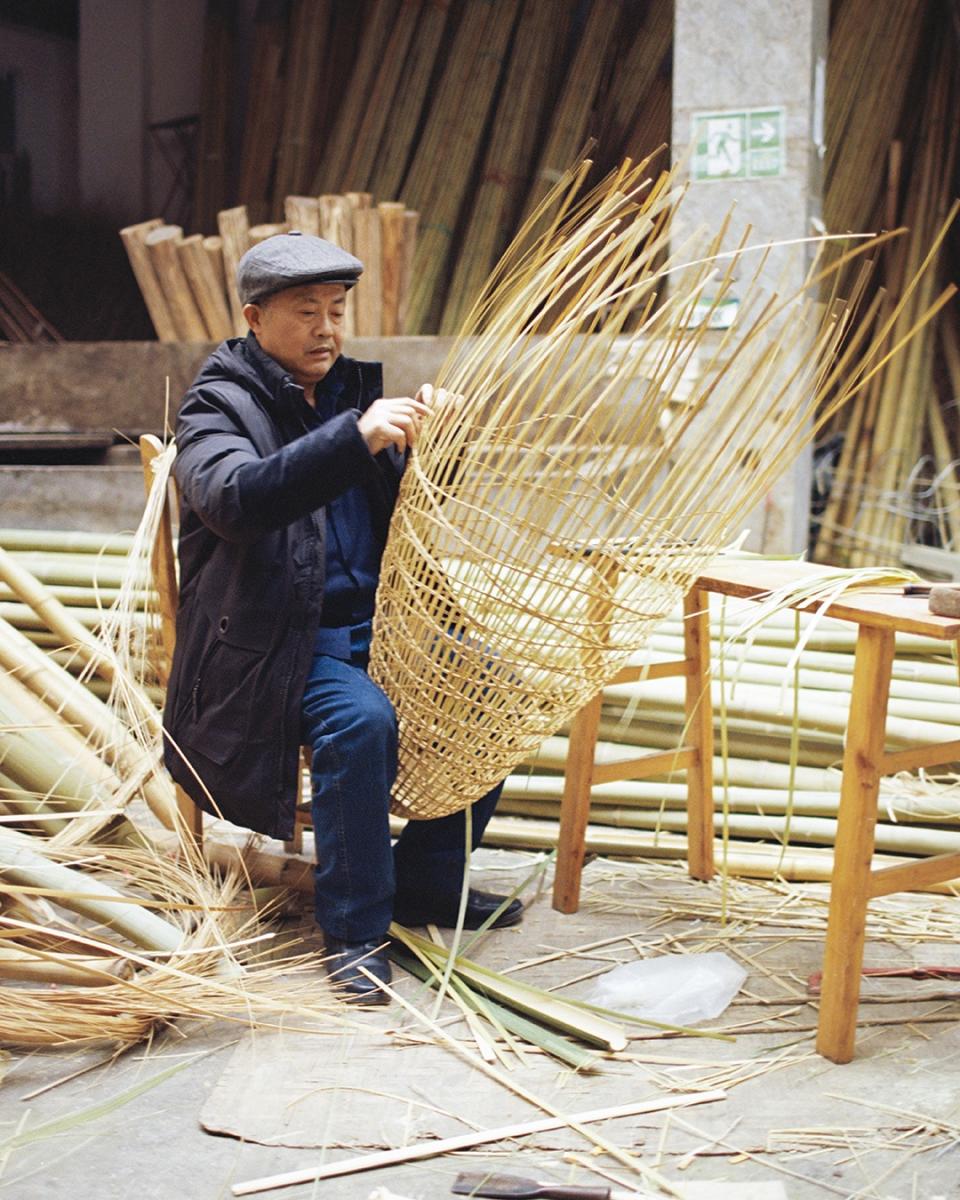
But whether a material stays or goes within the luxury space often depends on how it is interpreted and presented, Lee says.
“Materials like bamboo sometimes face the problem of not being able to be mass manufactured, therefore it might restrict its use by major brands. As for connecting with local consumers, the case of Loewe’s campaign perfectly demonstrated the significance of cultural narrative in bamboo among the local customers,” he says.
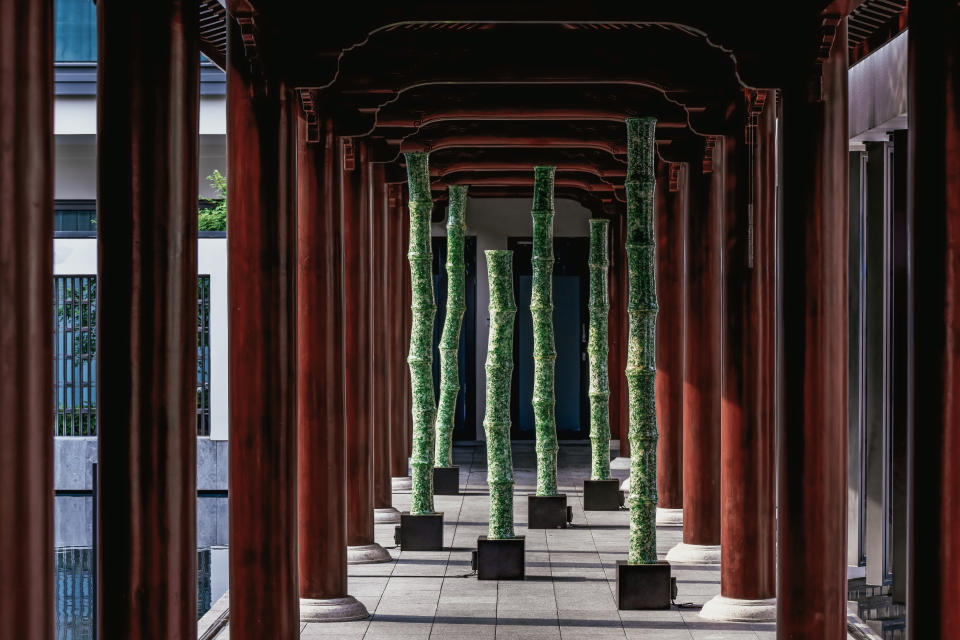
Also betting on connecting with Chinese consumers via bamboo is LuisaViaRoma.
The Florentine e-tailer welcomed the Lunar New Year with an immersive bamboo sculpture installation in collaboration with the Chinese artist and set designer Sean Wu inside its Via Roma flagship.
Calling bamboo “a foundational element” in his creative journey, Wu says Chinese shoppers are naturally drawn to it due to its familiarity in Chinese architecture and furniture design.
“My installation is deeply rooted in the belief that it signifies a harmonious fusion of heritage and innovation. Traditional materials, such as bamboo, bring forth cultural richness and profound symbolism. When incorporated into contemporary designs, these materials not only contribute to sustainable practices but also foster a connection between the past and the present,” he says.
Best of WWD


